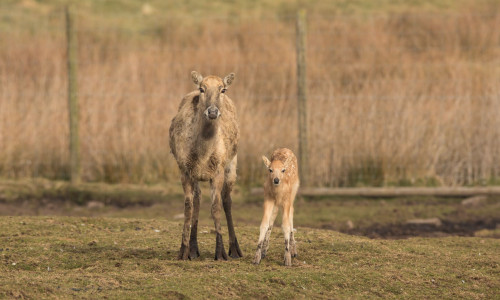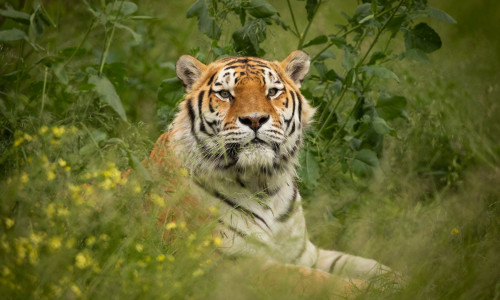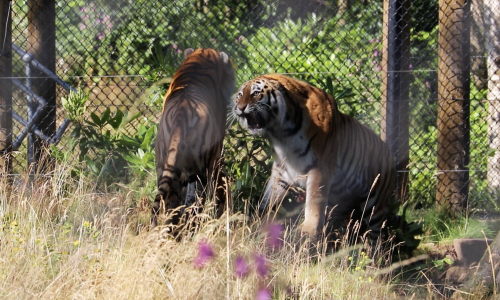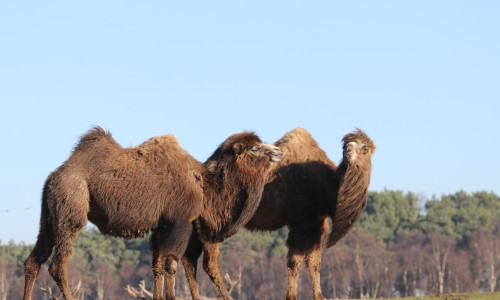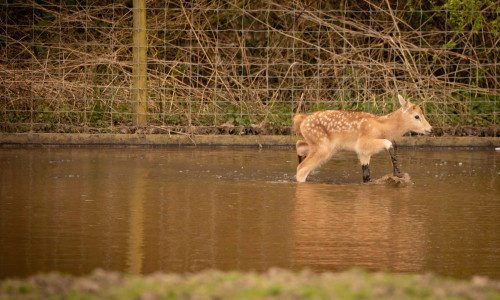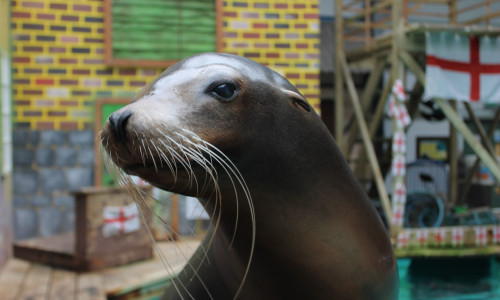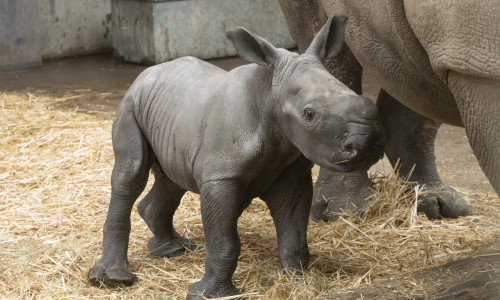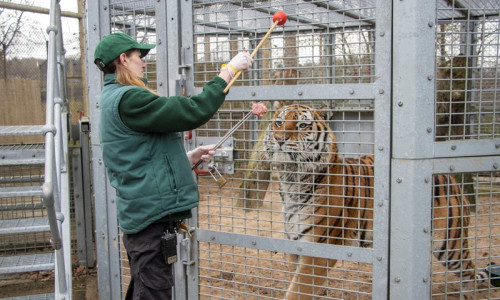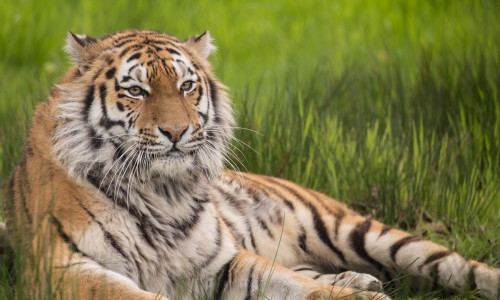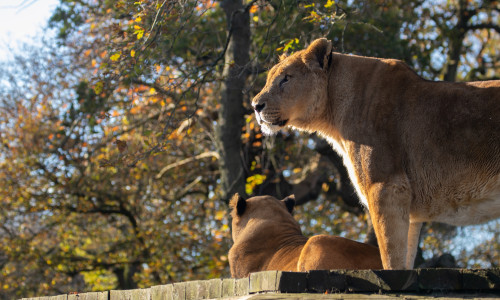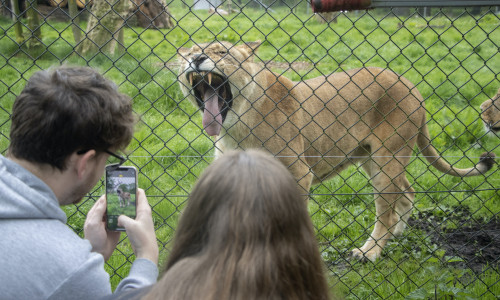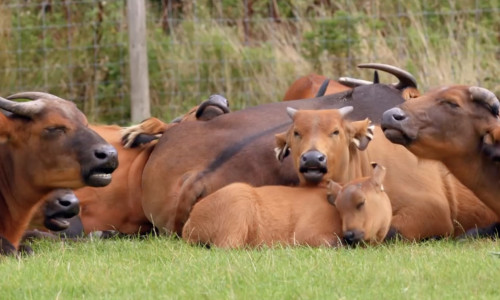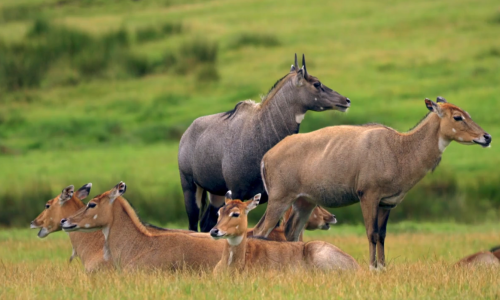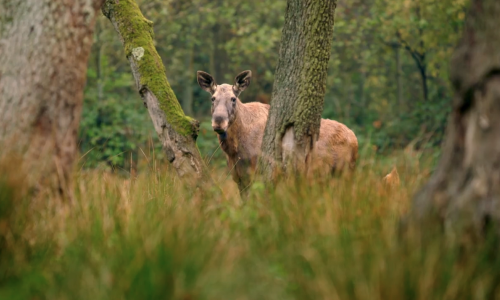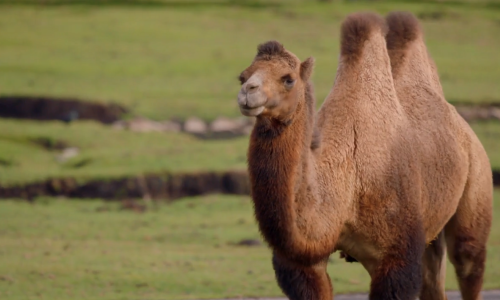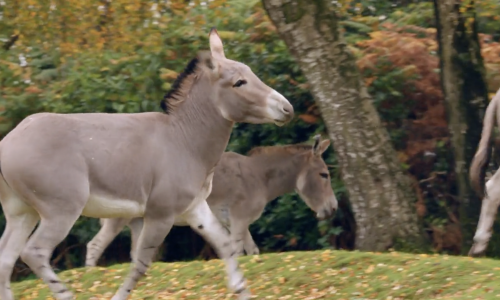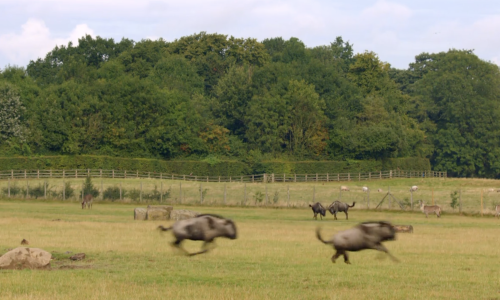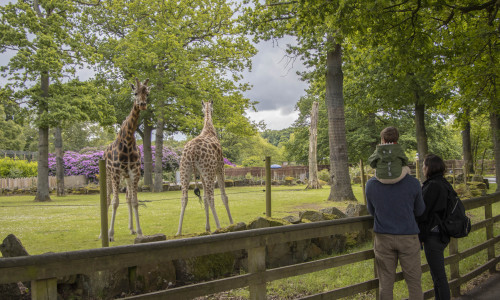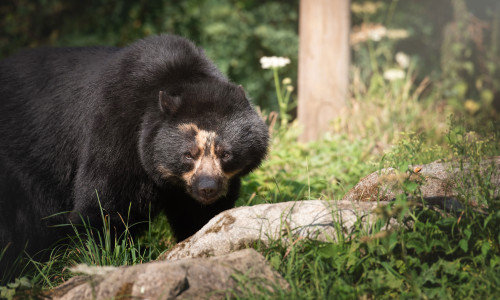Category: Animals
Published on: October 9th, 2019
You can’t miss Autumn time on safari. Everywhere you turn, shades of yellow, orange and brown are beginning to show, and of course the temperature is dropping. It’s officially big coat season! But while we layer up, turn the heating up and pull woolly hats over our ears to keep warm, our camels have a clever way of keeping toasty.
Growing Or Shedding Hair To Suit The Season
The camels at Knowsley Safari are Bactrian Camels, also known as Mongolian Camels. A Bactrian camel has on average 240 individual hairs per square centimetre. This means that they have a pretty thick coat, which helps to protect them from the cold weather and biting winds.
During the colder months, camels will grow an extra layer of woolly fur which covers their entire body, including their hump. When the temperatures start to drop even further, camels will also grow a longer outer coat of hair. This extra coat can be up to 30 cm long in some cases and is great for keeping the camel warm at night.
Regulating Blood Flow
As well as their furry coat, camels have another clever adaptation which helps them to keep warm in cold weather; they can adjust the blood flow to different parts of their body. For example, when it’s cold they will reduce the blood flow to their extremities such as their legs and feet, and send more blood to their vital organs which need to stay warm.
You might be wondering why a desert animal like a camel would need a way to keep warm! Bactrian camels are from the Mongolian desert. If you’re wondering where on planet Earth offers the most extreme climate and challenging weather conditions, Mongolia is the place. In the summer temperatures can be a scorching +50⁰C in the daytime, but when winter comes the temperature can reach as low as -40⁰C at night.
Storing Fat
Camels are perfectly adapted to living in this extremely changeable environment. Their most noticeable way of living in these challenging conditions is the two humps on their back. In these humps camels store fat, not water! When food is scarce across the desert camels use the fat in their humps to provide vital nutrients.
Animals that live in colder climates, such as whales and bears, store fat all over their bodies. This acts as a layer of insulation to protect them against the low temperatures. But camels need to withstand blistering heat AND freezing cold. So, they store fat away from their body to keep them cool in the summer and rely on a super thick coat for those -40⁰C desert winters.
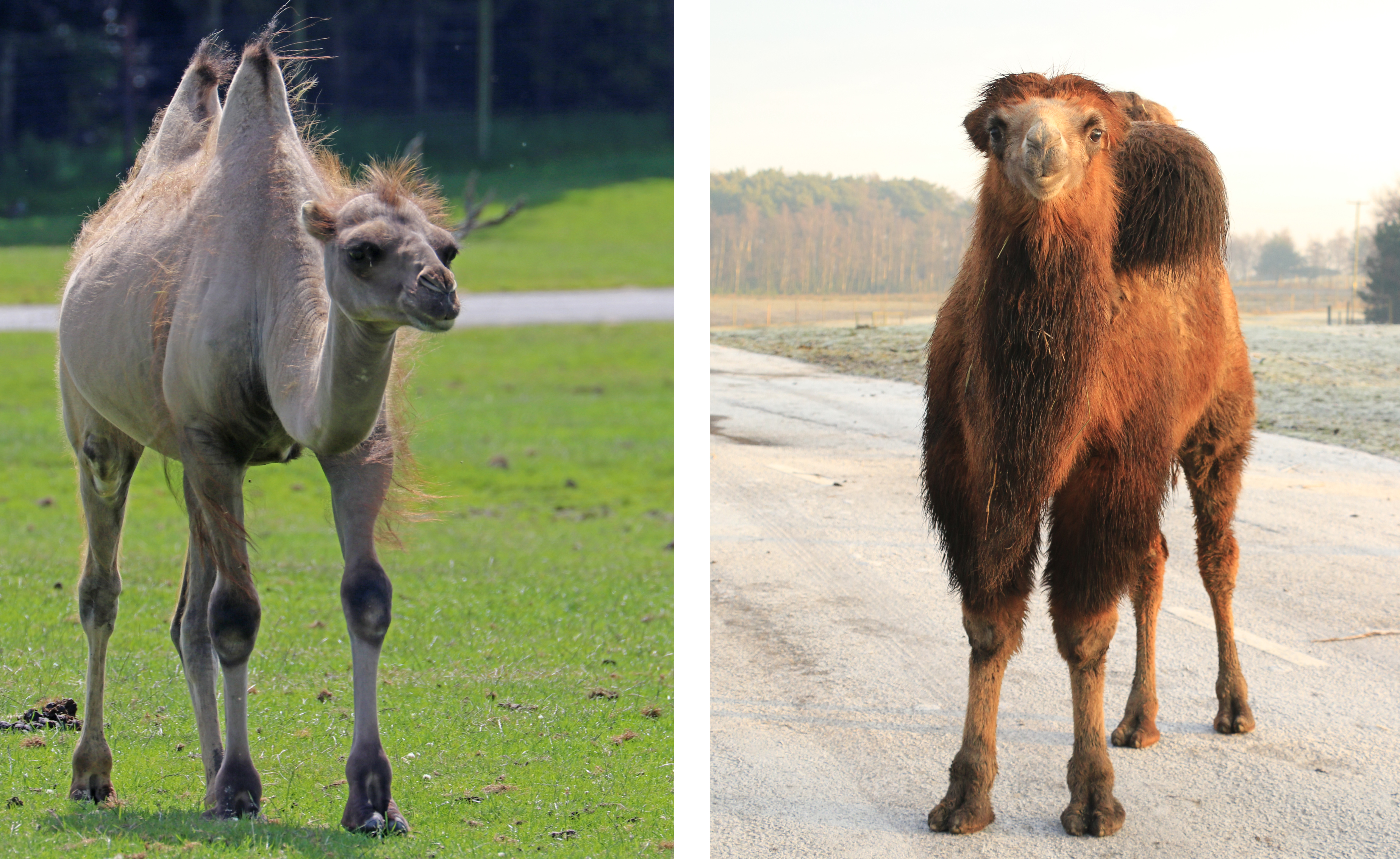 Visiting our Bactrian Camels
Visiting our Bactrian Camels
If you want to meet our camels, why not come on down to Knowsley Safari this winter! We have a whole host of animals for you to meet, and our keepers will be on hand to answer any questions you may have.
If you visit the safari in the summer and the winter you’ll see the incredible change in our camels through the seasons. The thick, warm coat the camels wear throughout the winter gets shed in the springtime. You’ll notice it coming off in thick clumps, giving the camels a terrible bedhead! In summer they’re virtually bald and this very odd looking animal becomes even stranger, with spindly legs and a long face!
If you’re visiting the safari in the autumn, the camels will be starting to grow back their fuzzy winter coats. We think their autumn hairdo is definitely their best look! Don’t you agree?
Buying tickets to see our Bactrian Camels
See our Bactrian Camels up close, along with all the other animals at Knowsley Safari, by planning your family day out and buying tickets online. We recommend buying tickets in advance to guarantee entry on the day of your visit. We can’t wait to welcome you!


